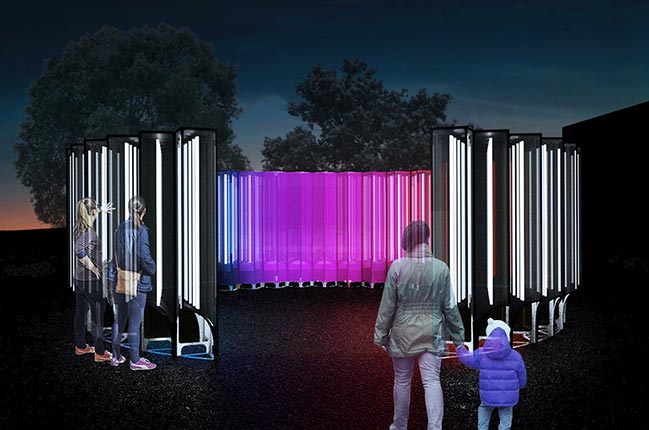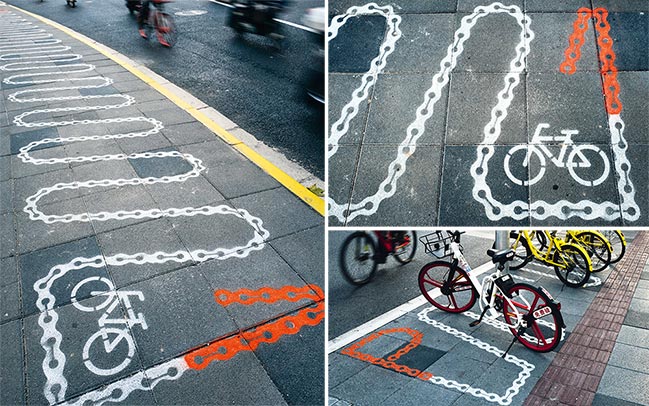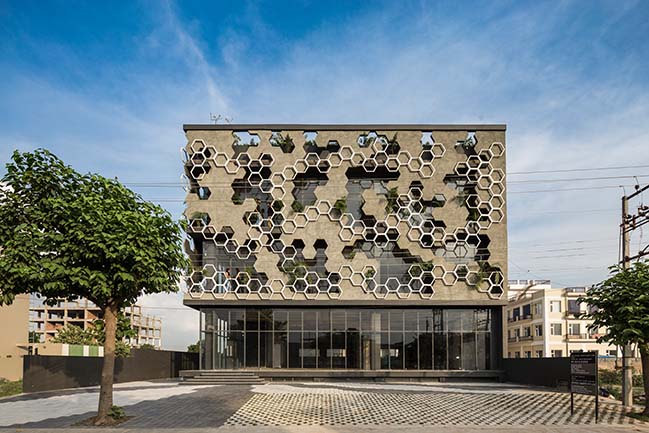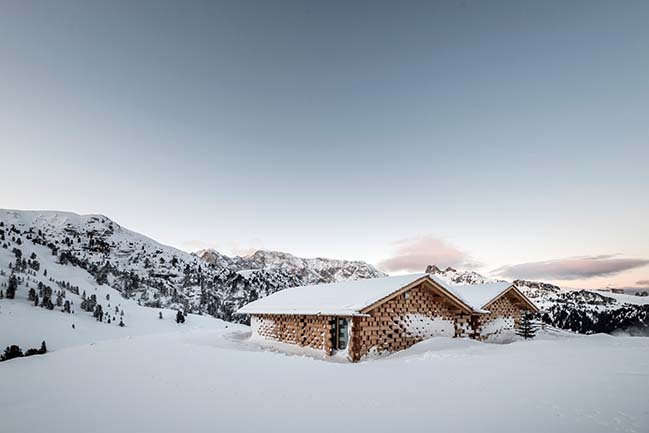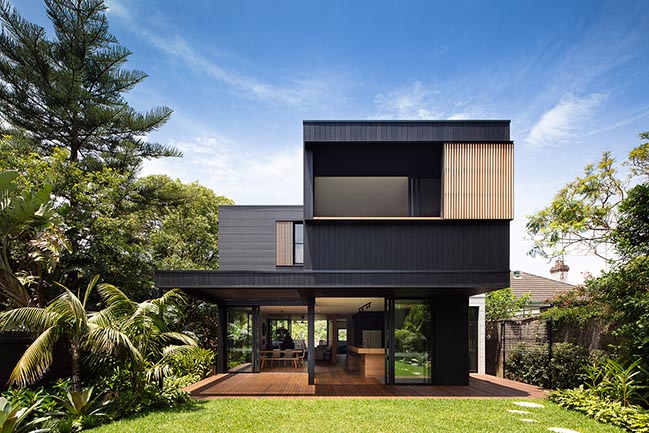12 / 02
2018
Misty rain of Jiangnan and blue waves of Taihu breed Wuxi since the ancient to the modern times. The overall concept of design began with the impression of Wuxi. BLVD carefully refines local traditional cultural symbols, folk materials and Chinese colors, transforms them into design methods and elements, and builds a scene full of oriental aesthetics. Calm and introverted, simple and elegant, the design adds modern elements into tradition, and its modern tempo mixes with Chinese classical rhyme.
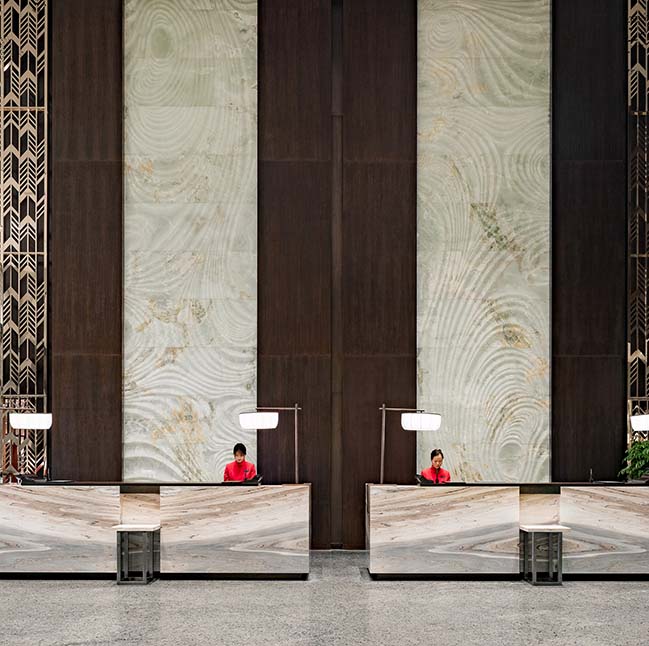
Architect: BLVD International
Location: Wuxi, Jiangsu, China
Project area: 29,980 m2
Designers: Honglei Liu, Yuxin Yang, Xiaomei Liang
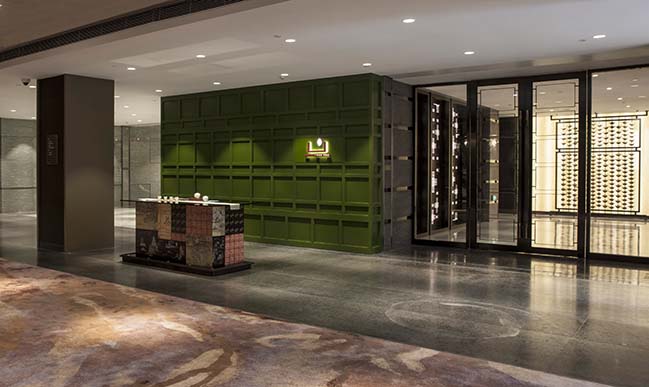
From the architect: The hotel lobby is magnificent and elegant, fully embodying the spirit of being close to nature. The overall color and material are calm and heavy, showing a sense of stability and harmony. Through the relationship of scales of different heights, the sense of layering of space is enriched. From grandness to restraint, from moving to static, guests are slowly away from the city and enter the quiet and natural “home”. Designers adapt to the situation and use the local cultural symbols of Wuxi to create a large “Taihu stone” art installation over the Lobby Lounge, inadvertently injecting oriental culture charm into the space.
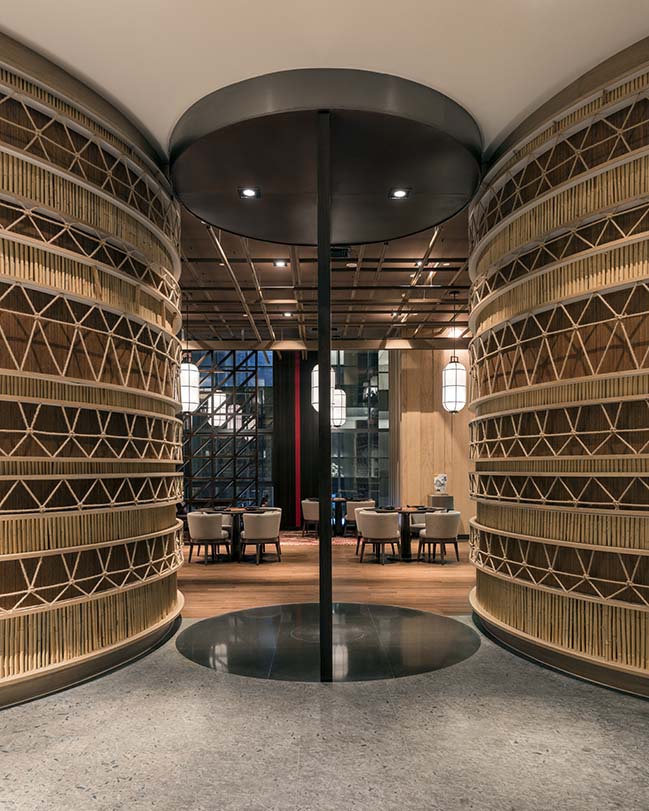
The Nanchang Street, known as the “Jiangnan Water Lane and the Outrageous Canal”, has the original ecological features of the Jiangnan Riverside people in the area of Wuxi. The residential buildings in the neighborhood are rich and colorful. The walls, tiles, wooden windows, and the front shop and the back square form a courtyard-style, bamboo-tube and free-standing home in the river with rich local characteristics. The inspiration for the design of the All-Day Dining restaurant stems from the lively city of downtown. The designers use the abstract features of the downtown to the design of the open buffet table. The simple and symbolic ancient building language is used to describe the deduction. At the same time, the scenes of the life patterns of some people in the city are integrated into the tabletop, which is vivid and interesting.

The natural texture of Wuxi combines with traditional Japanese patterns to present an exotic restaurant. The rich texture of bamboo, rattan, wood and other natural materials are stacked alternately to create a rich visual effect. The large-scale application of the simple and refined Japanese-style ASANOHA logo creates a new space that is both complete and consistent, rich in content, as well as contrasting and harmonious.
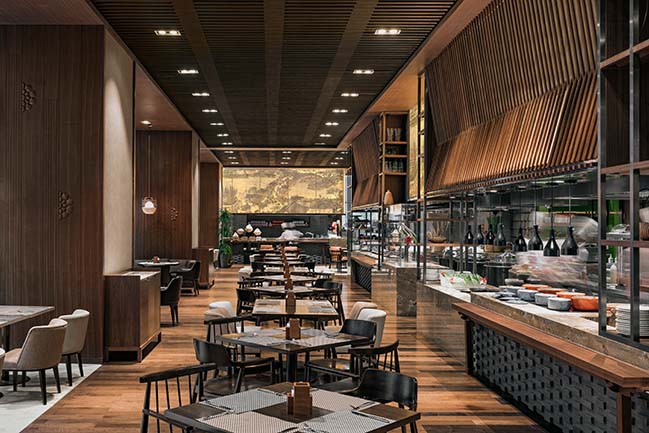
The tea room is mainly composed of quietness and nature. Qingshui bricks are complemented by green acrylic-embellished walls, metal copper Chinese-styled screens, and elegant polished stone floors, giving the entire tearoom tradition a concise fashion and elegance. It coincides with the harmonious realm between man and nature in the spirit of landscape.
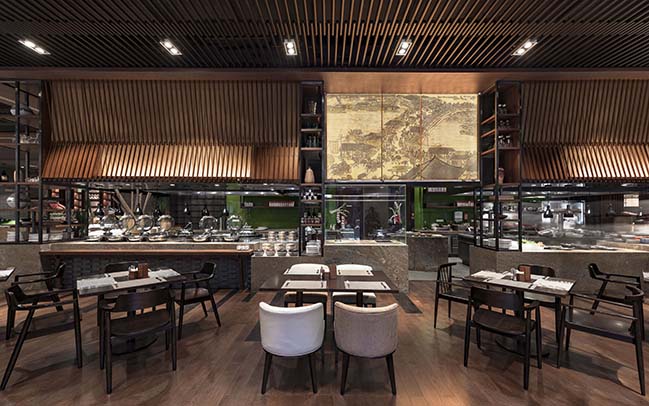
"How deep is the deepest yard?" The artistic conception of an ancient Chinese poem which describes the scenery of Jichang Garden in Wuxi is perfectly presented in the Chinese restaurant. Stepping into the entry court, a series of screens create a tortuous environment, allowing guests to naturally slow down, feel, and taste. The glass screens of folk weaving methods, the ceilings and crystal lights of the same carving patterns are intertwined, creating a wonderful artistic landscape of virtual reality. With the gardening dining environment, people can't help but stop and quietly enjoy the elegance, uniqueness, and colorfulness of Jiangnan.
Both the gym and the swimming pool are surrounded by large floor-to-ceiling windows to maximize the possibilities. The gap between the movements is far from the window.
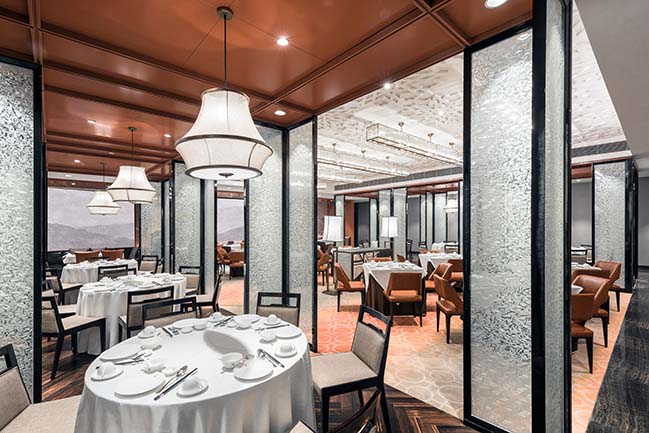
The hotel faces the Yangtze River in the north and Taihu Lake in the south. Water is the soul of Wuxi, and it also gives spirituality to the city. The designer embodies the scene of water waves on the aisle carpets of the rooms and echoes the scene of ink stones painting, so that before the guests step into their rooms, they are already immersed in the softness of Wuxi. The room design is refined and concise. Chinese traditional furniture is re-interpreted in the hands of designers. It is a modern and simple implication. The far-reaching historical feelings collide with the gentle and concise techniques. It brings a sense of relaxation to the guests and sets off the hotel's unique Chinese artistic conception.
Time flies, rushing though urging people to forge ahead. But in a busy city, you may occasionally stop and save energy for your soul. As if winter is treacherous, there is a consternation. If you get a chance to find this quiet place in the impetuous battle of life, try to stop at here, to enjoy and then to move forward in a more elegant way.
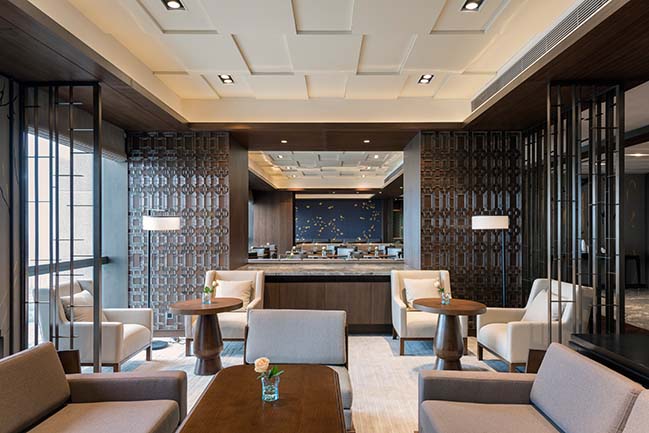
[ VIEW MORE BLVD INTERNATIONAL'S PROJECTS ]
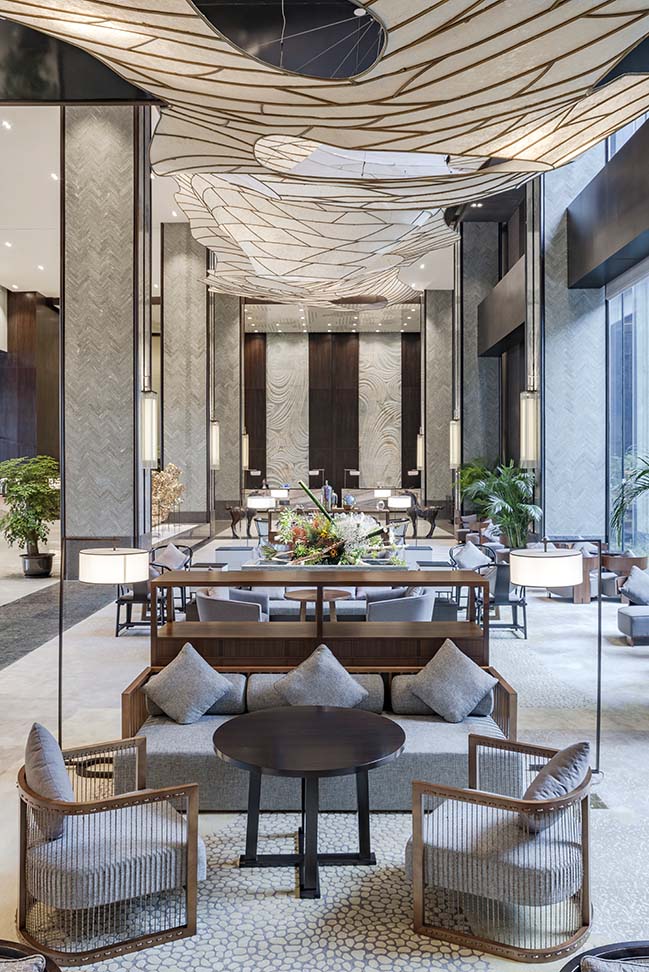
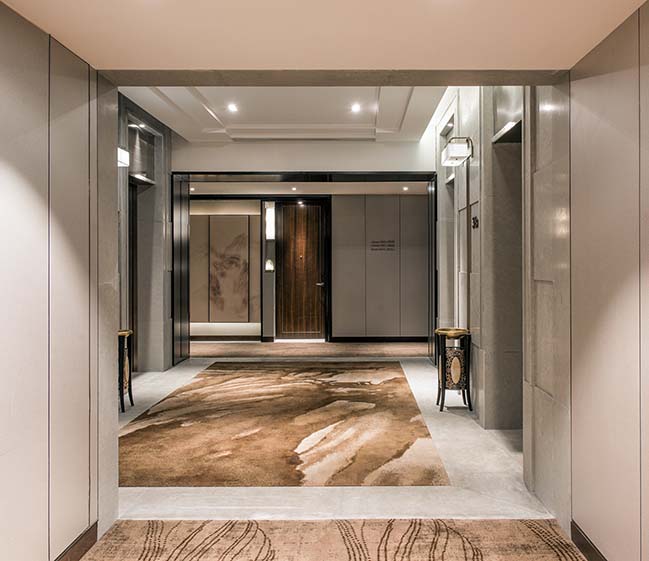
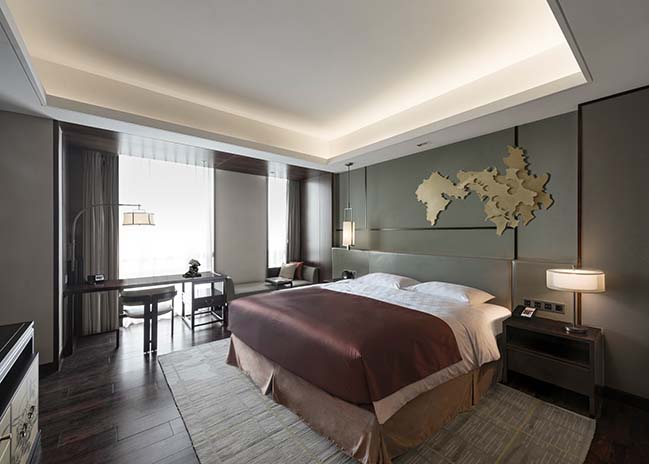
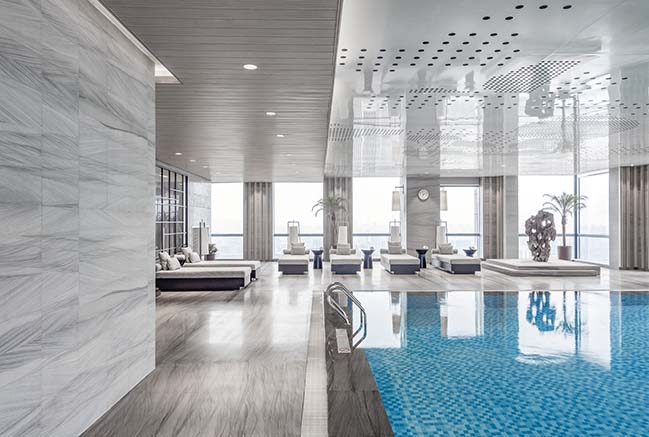
Wuxi Hualuxe Hotel by BLVD International
12 / 02 / 2018 The overall concept of design began with the impression of Wuxi. BLVD carefully refines local traditional cultural symbols, folk materials and Chinese colors...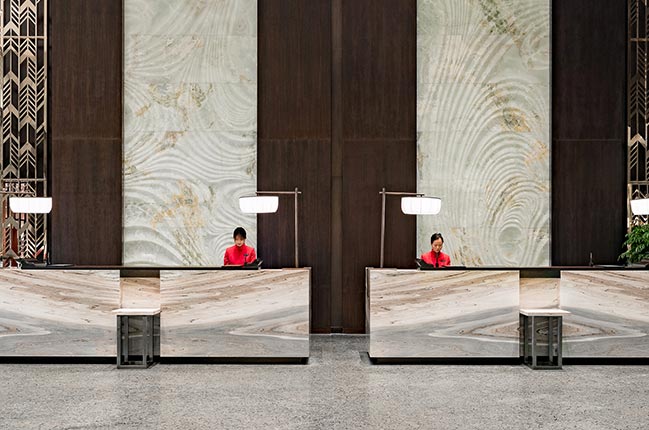
You might also like:
Recommended post: Project Tamarama by Modscape
